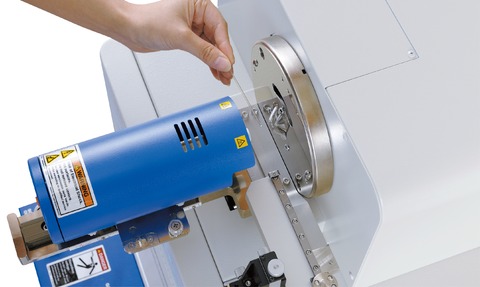
The JEOL AccuTOF-DART time-of-flight mass spectrometer is part of a new method which enables traces of explosives to be detected without destroying the original sample.
With the increased use of improvised explosive devices (IEDs), there is a growing need for crime scene investigators to rapidly detect minute traces of explosive materials, as well as link the devices to a person of interest.
Whenever a latent fingerprint is found at the scene, most analytical techniques would involve use of a swab to take a sample - a method that can destroy the fingerprint in the process.
A non-destructive method permits the detection of very small quantities of explosives without damaging valuable evidence.
The method analyses particles less than 20 microns in size extracted from a fingerprint by using a combination of nanoextraction and an optical microscope.
These trace particles were then analysed directly with the open-air, non-destructive AccuTOF-DART time-of-flight mass spectrometer.
“This new nanoextraction technique is very exciting because it allows very high precision analysis without destroying the fingerprint in any way,” said Chip Cody of JEOL USA.
Being able to target specific particles for analysis is making the forensic scientist’s work ever more precise.
The same nanoextraction approach could be used for other analytical techniques, including imaging with the Scanning Electron Microscope.




